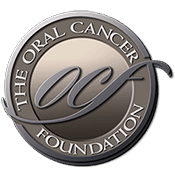Fighting cancer through healthy living
Source: www.cancure.org Author: staff The National Cancer Institute estimates that roughly one-third of all cancer deaths may be diet related. What you eat can hurt you, but it can also help you. Many of the common foods found in grocery stores or organic markets contain cancer-fighting properties, from the antioxidants that neutralize the damage caused by free radicals to the powerful phytochemicals that scientists are just beginning to explore. There isn't a single element in a particular food that does all the work: The best thing to do is eat a variety of foods. The following foods have the ability to help stave off cancer and some can even help inhibit cancer cell growth or reduce tumor size. Avocados are rich in glutathione, a powerful antioxidant that attacks free radicals in the body by blocking intestinal absorption of certain fats. They also supply even more potassium than bananas and are a strong source of beta-carotene. Scientists also believe that avocados may also be useful in treating viral hepatitis (a cause of liver cancer), as well as other sources of liver damage. Broccoli, cabbage, and cauliflower have a chemical component called indole-3-carbinol that can combat breast cancer by converting a cancer-promoting estrogen into a more protective variety. Broccoli, especially sprouts, also have the phytochemical sulforaphane, a product of glucoraphanin - believed to aid in preventing some types of cancer, like colon and rectal cancer. Sulforaphane induces the production of certain enzymes that can deactivate free radicals and carcinogens. The enzymes have [...]
